
Some time ago, I posted on some of the reasons the Catholic Church finds itself mired in problems of authority, of clarity of doctrine, of de facto schism and heresy amongst priests and bishops, among theologians and theological faculties, abandonment of traditional methods of prayer and piety, of liturgical abuse and architectural vandalism. Basically, what went wrong with the Church in the years directly preceding and and following Vatican II and the cause of the chaos and confusion we find ourselves in today.
I had outlined 4 major causes:
The first is dissent on the part of priests and bishops.
The second is the lack of willpower to exercise disciplinary control on the part of the Roman Curia and the hierarchy.
The third is the lack of stability and certitude among the faithful caused by the dissent and the inability of the hierarchy to reign it in and caving in to dissent and disobedience to head off schism.
 The fourth is the deliberate misinterpretation of the documents of the 2nd Vatican Council resulting a a hermeneutic of rupture, a hermeneutic of discontinuity and a break with the Sacred Tradition of the Church.
The fourth is the deliberate misinterpretation of the documents of the 2nd Vatican Council resulting a a hermeneutic of rupture, a hermeneutic of discontinuity and a break with the Sacred Tradition of the Church.The first and second causes were exemplified by the events surrounding the release of Pope Paul VI's Humanae Vitae, the rebellion of several prominent Catholic theologians who publicly dissented against it, the efforts of Patrick Cardinal O’Boyle, the Archbishop of Washington to rein them in and how he was hung out to dry by the Pope and the Vatican and the lessons all parties learnt from that.
The third cause would be the Vatican's inability to rein in dissent and actually caving in and legalizing and legitimizing acts of disobedience out of a fear of schism. This is illustrated in the cases of Communion in the Hand and female altar servers. Haven't had the time to do this one yet, but I can assure you, it's a very fascinating case.
Today, however, I want to focus on the 4th cause, the deliberate misinterpretation of the documents of Vatican II and the promotion of a hermeneutic of rupture, seeing that Council as a Super Council, the Council of Councils and the negation of everything before that.
 The 2nd Vatican Council was the first Ecumenical Council of the Church to be convoked under the full glare of the press with little or scant knowledge of the Church. And, to put it mildly, the Vatican Press Office wasn't that media savvy either. In this vacuum, stepped the liberals and discontinuists who portrayed the Council proceedings as a battle between the left and the right, the conservatives and the liberals. This poisoned the minds of the public and fixed the idea of reactionaries versus progressives in the psyche of the faithful. Every innovation was seen as unshackling the Church from the bonds of traditionalism, which was by that time, in that hippy, pot smoking drugged out atmosphere, a dirty word.
The 2nd Vatican Council was the first Ecumenical Council of the Church to be convoked under the full glare of the press with little or scant knowledge of the Church. And, to put it mildly, the Vatican Press Office wasn't that media savvy either. In this vacuum, stepped the liberals and discontinuists who portrayed the Council proceedings as a battle between the left and the right, the conservatives and the liberals. This poisoned the minds of the public and fixed the idea of reactionaries versus progressives in the psyche of the faithful. Every innovation was seen as unshackling the Church from the bonds of traditionalism, which was by that time, in that hippy, pot smoking drugged out atmosphere, a dirty word.But besides the press, there was another source of confusion, another sinister attempt at creating a rupture between the Church of the Apostles, of Jerusalem, Nicea, Trent and Vatican I and the Church of Vatican II. This was the so called 'Bologna School', founded by Fr. Giuseppe Dossetti and Giuseppe Alberigo (below). These two have long been the 'official' historians of the Council have spun it as a great break and a new beginning. This has been the strain of thought that predominates in today's seminaries, theological faculties and chancelleries and effects how the Church perceives itself and it's past. It is this vile interpretation that has set up and created a 'new Church' from the ashes of the old one it helped to tear down and burn. It is this school of thought that has spawned forth and justified all sorts of theological, liturgical and scriptural innovations in the name of this new 'Church' and the mythic, malevolent, amorphous 'Spirit of Vatican II'.
 They have long been unchallenged except by a few prominent continuity thinkers, not least of all Joseph Cardinal Ratzinger, now Pope Benedict XVI, gloriously reigning. But as the authentic winds of renewal begin to blow and the sweet smell of incense rising to the heavens expels the old stale pot smoke of the bongs from the Church of God, and continuity, be it liturgical (eg restoration of altar cross and candlesticks front and centre and Summorum Pontificum), theological (the Church of Christ = the Catholic Church) and even sartorial (the Pian mitre and Leonine throne), the time had come for the malevolent zeitgeist of the Council be exorcised and the hermeneutic of discontinuity challenged.
They have long been unchallenged except by a few prominent continuity thinkers, not least of all Joseph Cardinal Ratzinger, now Pope Benedict XVI, gloriously reigning. But as the authentic winds of renewal begin to blow and the sweet smell of incense rising to the heavens expels the old stale pot smoke of the bongs from the Church of God, and continuity, be it liturgical (eg restoration of altar cross and candlesticks front and centre and Summorum Pontificum), theological (the Church of Christ = the Catholic Church) and even sartorial (the Pian mitre and Leonine throne), the time had come for the malevolent zeitgeist of the Council be exorcised and the hermeneutic of discontinuity challenged.
 Instead of rehashing something that has been said better elsewhere, I'm going to point you to this article by Sandro Magister containing the speech of Archbishop Agostino Marchetto, the Secretary of the Pontifical Council for the Pastoral care of Migrants and Itinerant People.
Instead of rehashing something that has been said better elsewhere, I'm going to point you to this article by Sandro Magister containing the speech of Archbishop Agostino Marchetto, the Secretary of the Pontifical Council for the Pastoral care of Migrants and Itinerant People.In the words of Camillo Cardinal Ruini, the Pope's Vicar for Rome, "The interpretation of the Council as a rupture and a new beginning is coming to an end. This interpretation is very feeble today, and has no real foothold within the body of the Church. It is time that historiography produced a new reconstruction of Vatican II that is, at the same time, a truthful story."
That time, long overdue, is now.
Excerpts:
Vatican II was colossal. The official proceedings alone fill 62 large volumes that provide a solid foundation for a correct assessment and interpretation. But many began to weave their interpretive web before the publication of the indispensable proceedings issued by the council's ruling bodies, basing themselves instead upon private writings (personal diaries), contemporary newspaper reports and columns, although these were sometimes exceptional.
The underlying problem with the use of diaries is, for many, connected to the effort to diminish the importance of the final conciliar documents (the "spirit" of the Council! But it is, instead, the spirit of this corpus), a synthesis of Tradition and renewal (aggiornamento), to assert research "guided" beforehand, which appeared ideological from the beginning. This focused solely on the innovative aspects, on discontinuity with Tradition.The focus on discontinuity is also the result of the current general historiographical tendency that (after and against Braudel and the Annales) privileges, in historical interpretation, "the event," understood as discontinuity and a traumatic transformation. So then, in the Church, if this "event" is not so much an important fact, but a rupture, an absolute novelty, the emergence "in casu" of a new Church, a Copernican revolution, in short the transition to a different form of Catholicism – losing its unmistakable characteristics – this perspective cannot and must not be accepted, precisely because of the uniqueness of Catholic identity.
The aforementioned volume, consequently, criticizes the conciliar "hermeneutics" of men who are certainly not "closed" toward Vatican II or opposed to it, such as Jedin, Kasper, Ratzinger, and Poulat himself. It thus emerges that what was an extreme, radical position (opposed to "consensus") in the heart of the conciliar majority (there was also extremism in the minority, which would later be manifested with the schism of Archbishop Lefebvre), succeeded, after the Council, almost in monopolizing the interpretation until now, rejecting any alternative approach, sometimes with the barbed accusation that these are anti-conciliar (see G. Dossetti, "Il Vaticano II. Frammenti di una riflessione [Vatican II: Fragments of a Reflection]").
Brilliant stuff. Read it, be shocked, be edified.
Read the rest.
![[Unam Sanctam]](https://blogger.googleusercontent.com/img/b/R29vZ2xl/AVvXsEiymQ2adTjpZ1ABhPBbBBquiPCxeQrc4Jy_97vOikT0wGQeJleriiXQy6ebnb0jrYe-TfvcK77txStB4aIwVAdD41ZdMkVfNtFGC0JX6LBV9B8mfeRZaIAM7Sj-011ag3DiKQzv/s1600/headerdivinemercy.jpg)












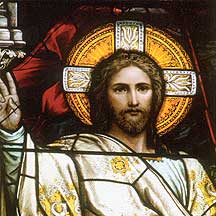
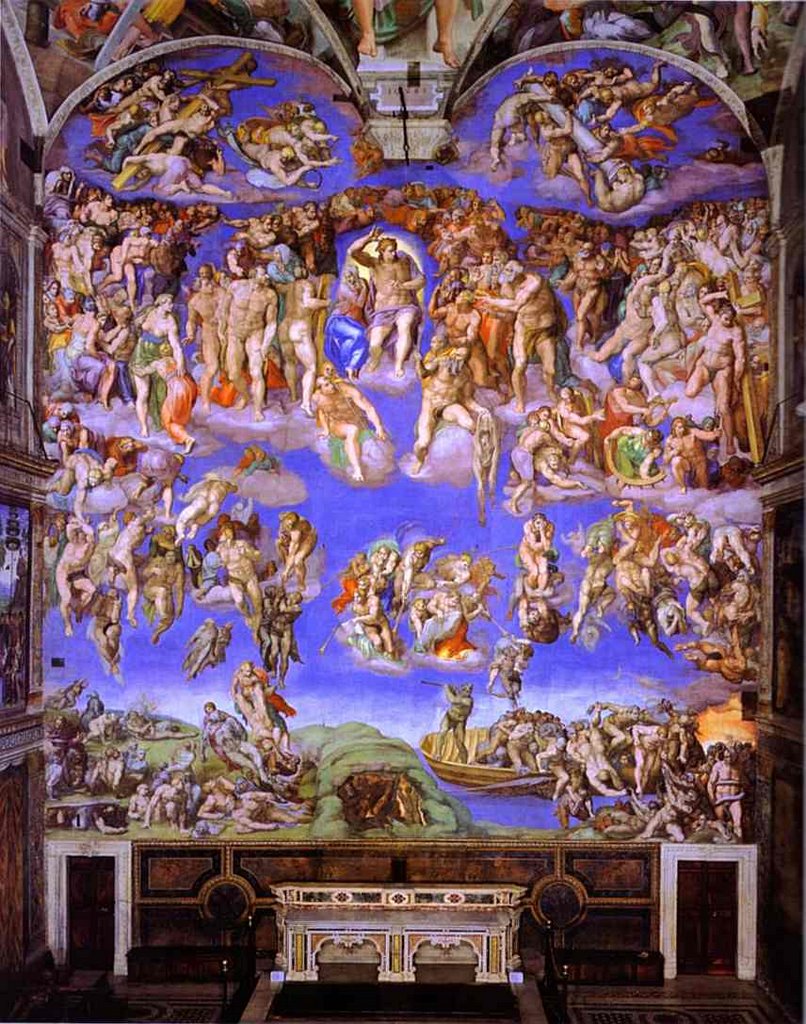


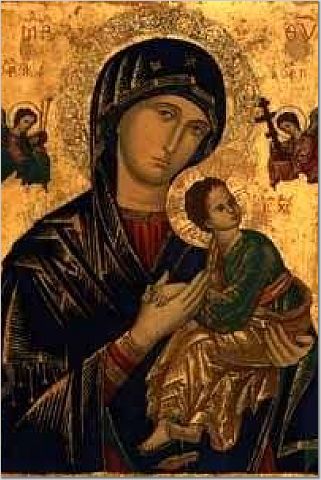



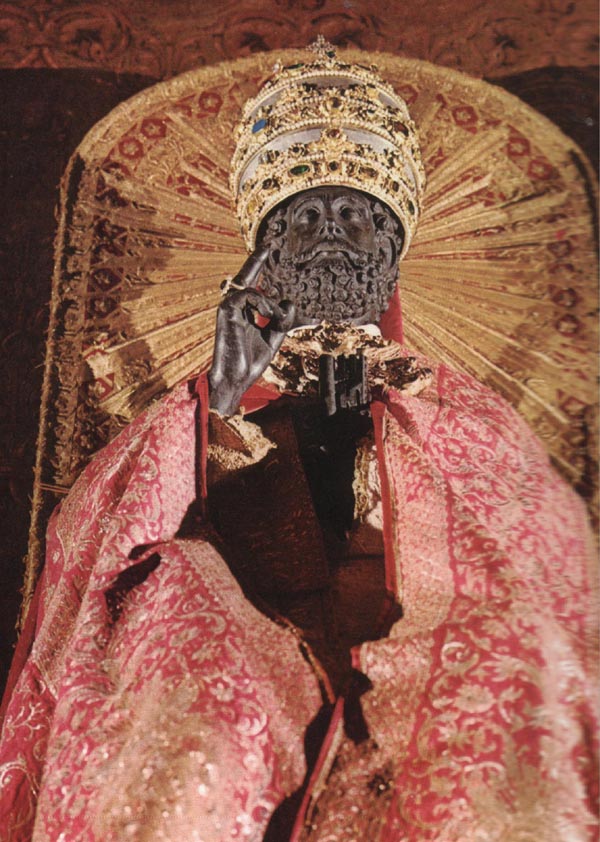
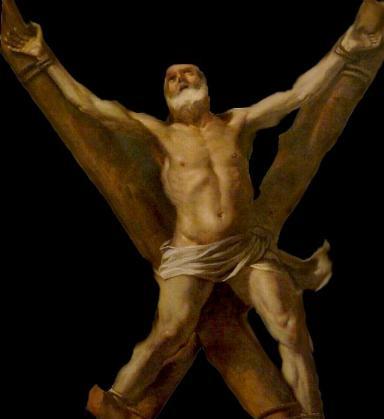

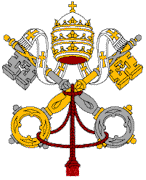


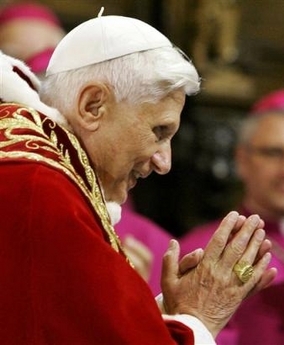






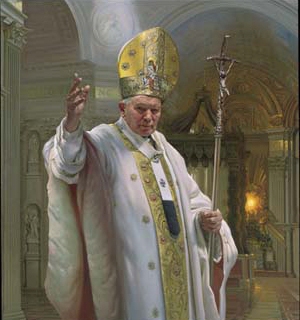
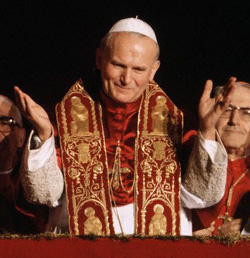
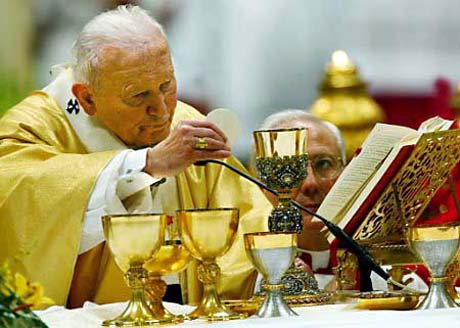
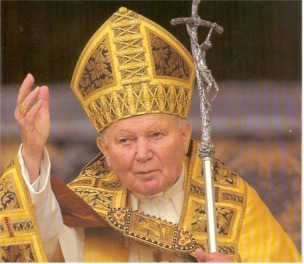






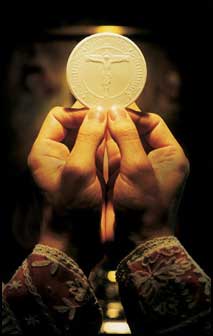
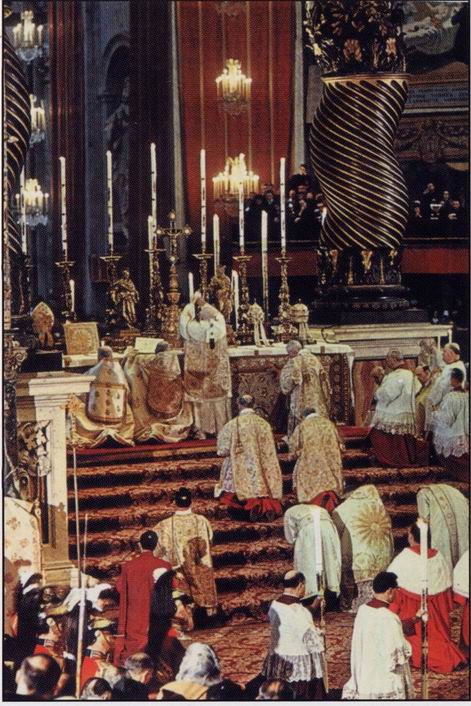

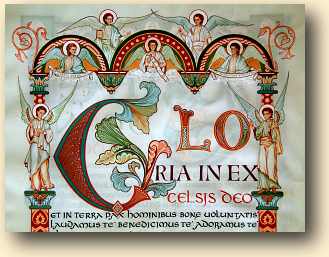

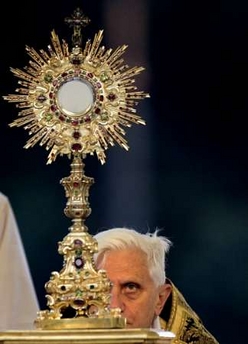


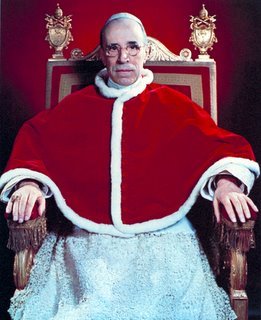




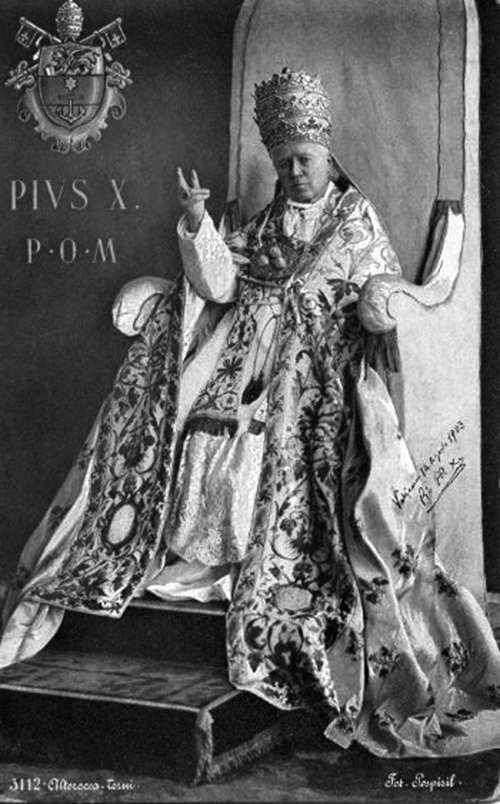



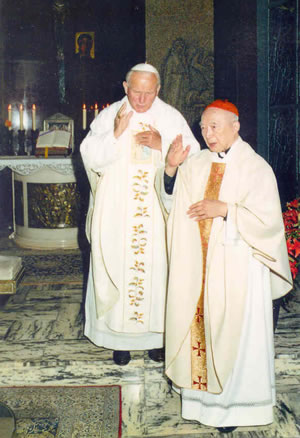





No comments:
Post a Comment